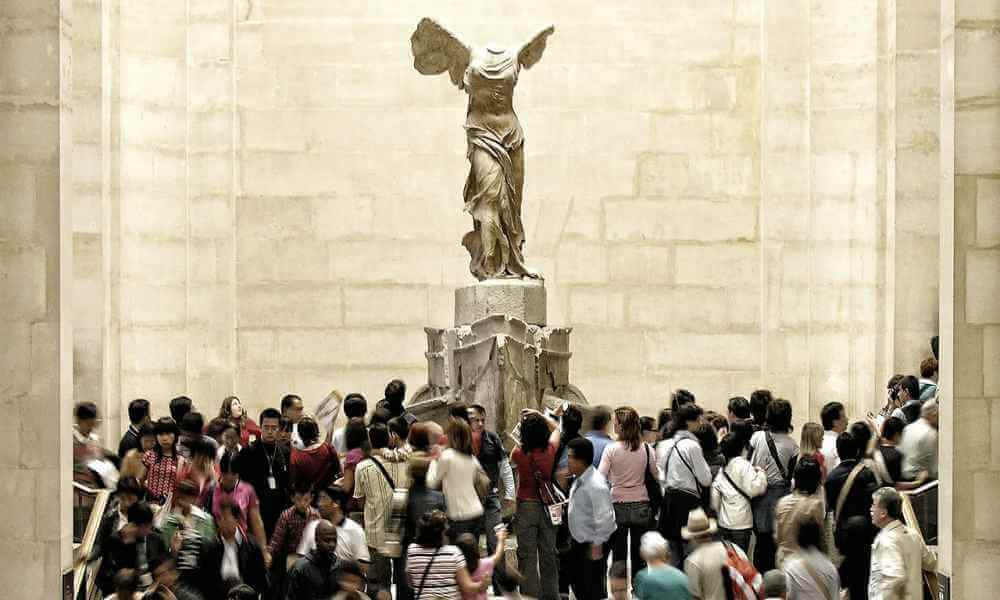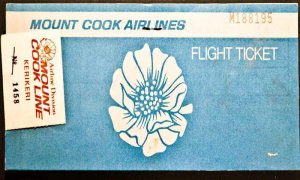What is Museum?
The English word museum is derived from the Latin language which means ‘musea’ or rarely. In Hindi it is ‘Azayabghar’. Museums in India are one of the very important attraction is every city. Museum is an organization that cares for conservation of valuable items. These items could be valuable due to its historical importance, rarely found in the world or any other reason. There are about 55,000 museums in 202 countries in the world.

Museums are categorized into many categories important are:-
- Palace museum
- Archeological museum
In mostly places museum is maintained and run by the past rulers primarily those who have many collections of their generations and displaying galleries, if we talk about golden triangle of India, Jaipur is one of the cities where famous city palace museum is visited by almost all domestic and international tourists. Those who are on the tour of Jaipur as display and museum are many sections/ galleries every tourists are keen to look and take pictures/ photographs of these galleries which are officially allowed to visit between 10:00 AM to 05:00 PM with the proper applicable entry fee during the visit of these palace museums.
Some of the artifacts displayed are unique which is not commonly seen in other museums and they are particularly known for socially known for important artifices. That may be paintings, arms and weapons, traditional royal family dresses/ turbans ( Pagadi), there royal throne, crockery, furniture, palanquin, hauda, chariot, various activity rooms ( diving come swimming pool, billiards/ snooker room/ dining hall , central lawn cum garden with big fountains, various replicas of European countries, craft furniture made of sandalwood, ivory, crystal glass, ebony wood, wall nut, etc. Some of the crystal displays are unique.
They may be in the form of chandeliers, royal swing (Jhoola), furniture, precious crystal bowl, flower pot, etc., old carpets, used on floor or may be wall hangings, ivory toys, gallery famous for various trophies, mementos, received during the visit of various foreign countries stuffed animals (specially tigers), vision (Jungly Bhaisa), spotted deer and other varieties of animals as their hunting trophies.
Museums in India are considered to be very important especially to the young children and youths to understand the past history and civilization in reference to the present context. Young youth can understand the life styles and various details which are displayed near to each artifact which shows their name period and location. They were found or purchased which enables to understand deep in knowledge and comparative study from one palace museum to another can be possible.
Some of the palace museums in India are unique and worth to visit for every tourist. Some of them are palace museum of Udaipur, which is famous for many collections and they are categorized like: crystal glass museum, vintage car museum, city place museum, silver museum, etc. and These place museum also allow normal photography as well as for the purpose of the commercial filming of special fee basis.
In Jodhpur, famous palace museum is inside the Mehrangarh fort. Which displays big number of artifacts like: various chariots/ Raths for religious ceremony purpose, Hauda, for traditional elephant ride or may be hunting haudas to keep some arms and weapons in a given space and number of other displays are in the museum Jai Vilas Palace of Gwalior offers nearly 50 galleries to visit where collection of Scindhia dynasty are richly displayed with proper electric light focusing and highlighting the various objects as a souvenir received from worldwide countries in their famous Chinese gallery are food tasting plate, which checks the food and warn about the poisonous content in the food, which changes the colour of the plate or plate may split if food is not in the proposed order, magic mirrors, a famous Napoleon Bonaparte table gifted by the France, Belgium crystal glass fountain to world’s largest Cenedelier in Darbar hall each one consist 3.5 tonnes wait, both are equal in size and weight.
It is possible to see the largest carpet of Asia in Darbar hall single space size 1001 feet by 60 feet and in the dining hall the very famous silver train consist of 24 kilogramms of silver, with 7 bottles as per the spelling is Scindhia, which serves liquor, dry fruits and Sigar to the royal family guests. Another important attraction is silver buggy (carriage) in which 48 kilogram silver work is visible, which was last used in 1961 by then Maharaja his highness Sir Jiwari Rao Schindhia.
It is used by three generations on dussera festival as these museums are considered to be a modern museum and attract many people as these museums are in category of private museums even they are highly recommended in the program. In some of the private palace museum some of the activities are organized for special interest tourists that may be visit of museum in evening with various lighting (colorful) and live performances of classical singing, with classical instruments as well as classical form of dances by the local artisans on the regular basis.
Some of the MOUs between these private museum to public sector companies are signed to facilitate the premium category of international tourist travelling via luxurious tourists trains i.e. palace on wheels, maharaja express, golden chariot, Deccan Odddesy, Royal Rajasthan etc. When tourists are travelling with these luxurious trains paying high package cost and they are in the category of high end tourists special welcome with red carpet is being organized with traditional warm welcome i.e. Tika (mark on the forehead), Garlanding ( Indian way to welcome), with traditional Indian welcome drink and they have an opportunity to enjoy and celebrate these functions within the premises of palace museums keeping their high safety and security and they are privileged category.
In another category of the museum, archeological museums are another major attraction as ministry of culture, government of India and state government, the ministry of culture they take care and responsible into the two categories of museum named as central ASI museum and state archeogcial museum. If we talk from capital of the country New Delhi, where the famous national museum which is spread in very large area and building itself is a great attraction with many floor rooms and floors are in the museum.
There may be possibility that once you enter in the Museum one day may not be enough to visit, study and to understand the various period artifacts. If we start from the archeological sculpture as India’s history is very ancient and number of invaders attack the very religious sites in India, and broken pieces of temples are very well kept and as per their display of tag easy to understand the name, period and location, which enables the reading of iconography as Hindu religion believe in Tridev i.e. Brahma, Vishnu and Shiva and their consorts namely, Brahma’s wife Saraswati ( goddess of knowledge), Vinshu’s wife Laxmi ( goddess of wealth) and Shiva’s wife Parvati.
Some of the panels show various incarnations of Lord Vishnu, dancing postures of Lord Ganesha ( lord of intellect), Saptamatrika, various manifestation forms of Lord Shiva, nayak, nayika, Yakchha Yakchhini, various door panels of temples, language, inscriptions, especially in Sanskrit, Pali, and in these museums there are famous terracotta displays. Painting sections as in India there are various schools known for their painting art like: Mathura School of paintings, Rajput Paintings (in Rajasthan), Madhubani paintings (from Bihar) etc. and painting work can be of stone, clothes, paper, wooden etc.
During the visit of these museums, the figures (sculpture) their facial expressions, body gestures and ornamentation are the major attraction to see and one can imagine how beautiful artisans are made (carved) thousand years before with only tools chisels and hammers. During the visit of these archeological museum some of the sculptures they shows the various postures of a Nayika doing her make-up, tying bracelets, wearing earrings, and preparing and wearing heavy clothing, to attract Nayak. In continuation, another important display are meditation postures of Lord Buddha wearing the light, transparent cloths and seating in Padmasana posture and some of the sculpture are also shows the various previous life of Lord
Buddha’s which is known as Bodhi satva and various sign that shows the presence of Lord Buddha in the form of Sculpture and the next one are Jain teerthankars starting frm first Jain teerthankar name Lord Adinath ( Lord Rishavnath) up to the last 24 Lord Mahaveera and all these 24 terthankars are represented by different signage/ symbols and represent the Jain religions. In Museum, another attraction are arms and weapon gallery where heavy canons, big long swords, long Rifles, Pistols, Gun Powder boxes they may be made of ivory various bow and arrow which were used during battle or may be for purpose of hunting. As the world witnessed two world wars and in these galleries some of the displays are concerned to first aid.





